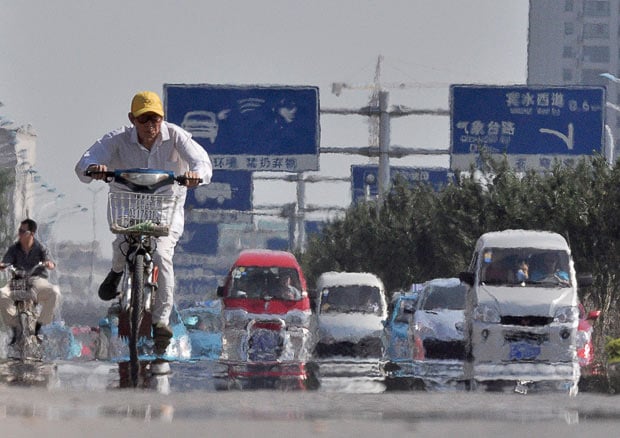LONDON – China has leant hard on coal-fired power plants as well as wind and solar generators to make up for a shortfall in hydroelectric generation as a result of low rainfall across the south since the middle of 2022.
China’s generation increased by +173 billion kilowatt-hours (+5.3%) in the first five months of the year compared with the same period in 2022, data from the National Bureau of Statistics (NBS) showed.
Big increases from mostly coal-fired thermal generators (+149 billion kWh), wind farms (+79 billion kWh) and solar generators (+19 billion kWh) offset a fall in hydro production (-82 billion kWh).

Chartbook: China electricity generation
The two provinces of Sichuan (354 billion kWh) and Yunnan (296 billion kWh) in southern China produced almost half of the country’s total hydro-electric power (1,352 billion kWh) in 2020.
But total precipitation at Yibin on the Sichuan-Yunnan border was just 336 millimetres in the second half of 2022 compared with a seasonal average of 765 millimetres in 2014-2021.
Precipitation in the first five months of 2023 was 244 millimetres compared with the prior nine-year average of 291 millimetres, which has depleted reservoir and river levels.
As a result, nationwide hydro generation in the first five months of 2023 was the lowest for the time of year since 2015, despite the commissioning of massive new dams and generating stations.
ENERGY SECURITY
South China’s drought and reduced hydro generation explains why the central government has encouraged coal miners to maximise production and coal-fired generators to stockpile fuel.
Coal mine production increased by +98 million tonnes (+5.4%) to a record 1,912 million tonnes in the first five months of 2023, roughly in line with the rise in thermal generation (+6.6%).
Coal imports increased by +86 million tonnes (+90%) in the first five months as generators and steelmakers took advantage of lower international prices to rebuild inventories.
Renewable generation from wind and solar is increasing rapidly as the government attempts to cut emissions and reduce dependence on expensive and potentially unreliable energy imports.
In the short term, however, coal remains essential to meeting fast-growing growing electrical demand and maintaining transmission.
Large numbers of new coal-fired plants are being authorised and built to meet short-term load growth and reliability requirements even as government plans to reduce the share of coal-fired generation in the medium and long-term.
INDUSTRY FOCUS
On the consumption side, demand growth in the first five months continued to show a clear bias towards industry rather than households.
Consumption by primary industries rose +11% while the service sector grew by +10% but manufacturing was up by just +5% and households by +1%.
Consumption rose +8% in high-technology and equipment manufacturing but only +3% in consumer goods, according to data from the China Electricity Council.
The pattern is consistent with a sluggish rebound in consumer goods spending after the pandemic as households stay cautious about their finances and prioritise travel and in-person services after repeated lockdowns in 2022.
John Kemp is a Reuters market analyst. The views expressed are his own
Editing by Barbara Lewis



